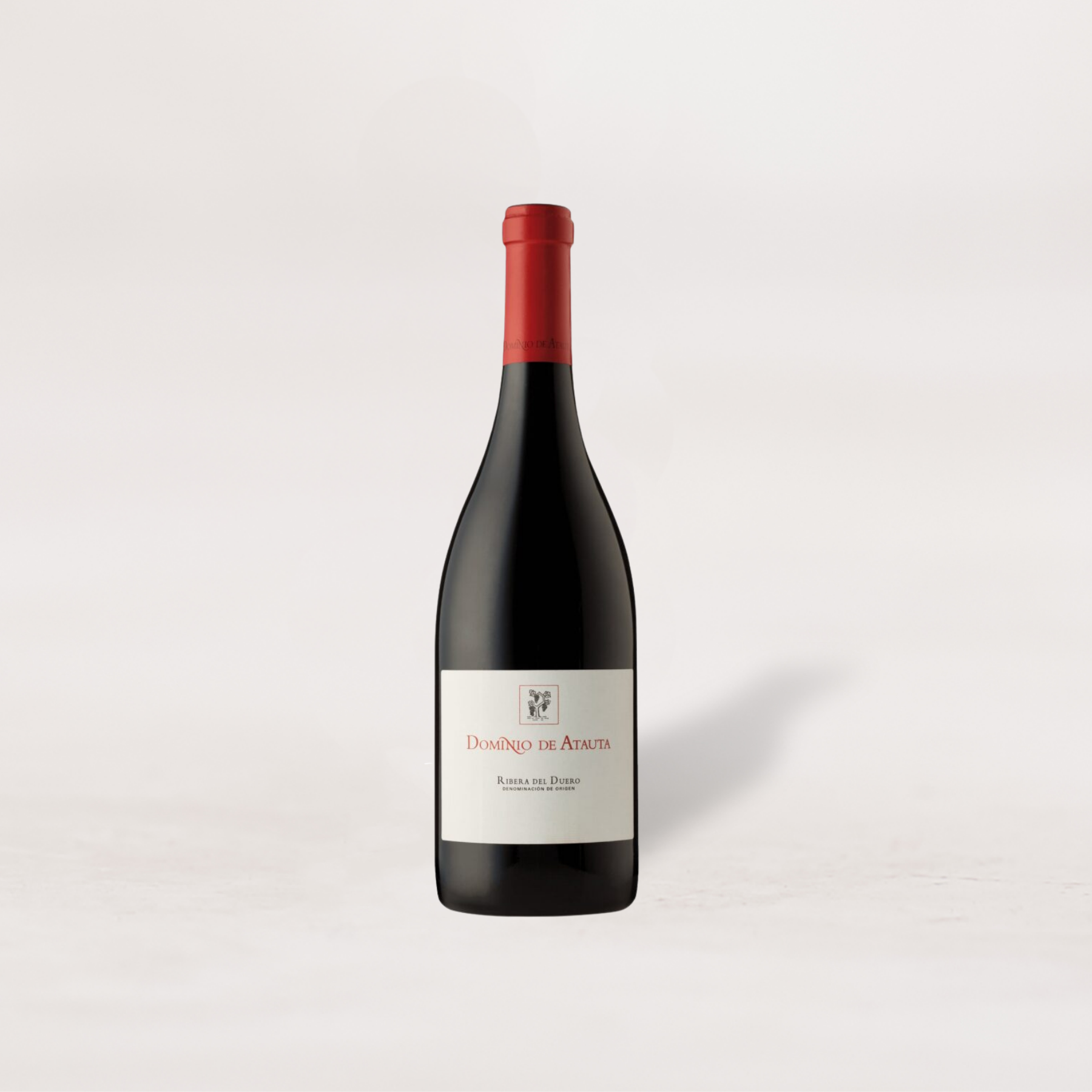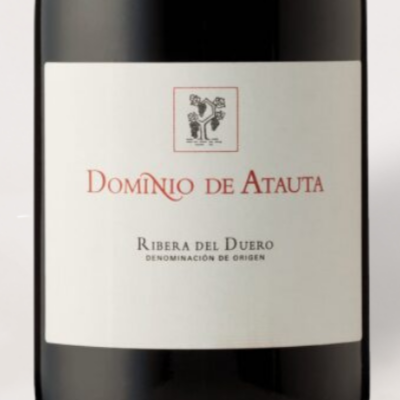In the remote eastern reaches of Ribera del Duero, where the badlands of Soria meet the sky at 3,300 feet, lies a four square-kilometer, forgotten valley. Atauta was declared a Site of Cultural Interest in 2017, but the Spanish government was simply acknowledging what nature had already ordained: this is sacred ground for Tempranillo.
The numbers tell a staggering story. Of the 227 hectares of pre-1900 vines in all of Ribera del Duero, 120 are in Soria. Dominio de Atauta controls 85% of the pre-phylloxera vines in the Atauta Valley—40 hectares split into 600 tiny plots, each with its own microclimate, its own ancient vines, its own story.
These vines are 130-160+ years old, planted when phylloxera was ravaging Europe's vineyards. They survived because phylloxera can't live in Atauta's sandy soils. Ungrafted, gobelet-trained, yielding barely enough fruit to make wine—they weren’t ripped out because their fruit was so precious.
The winery began in 2000 when wine merchant Miguel Sánchez fell under Atauta's spell. Since then, three legendary winemakers have shaped these wines: Bertrand Sourdais (who left to found his own Soria project), Almudena Alberca MW, and current technical director Jaime Suárez, who arrived for the 2016 harvest. Together with viticulturist Ismael Sanz, they've identified 25 distinct terroirs within this tiny valley.
The 2021 vintage showcases why Parker called this “one of the leading producers in the Soria zone.” The climate here is brutal—scorching days drop to near-freezing nights during harvest, concentrating flavors while preserving acidity. Wild boars and deer are such a threat that vineyards must be fenced. But the payoff is extraordinary: Tempranillo with the concentration of fruit that only comes from vines forcing roots through limestone bedrock, searching for water in an unforgiving landscape.
WHY YOU'LL LOVE IT
Undeniable Old-Vine VALUE: The produce of Vega Sicilia's 35-40 year old vines costs $500+. Wine from Pingus's 65-70 year old vines runs $1,000+. THIS wine from 130-160 year old vines costs a tiny fraction of that.
True Pre-Phylloxera Magic: These ungrafted vines predate the plague that destroyed European viticulture. You're tasting genetic material that exists almost nowhere else, expressing itself through roots that have been mining the same soil, in some cases, since the 1860s. Elsewhere, wines from such “Pie Franco” vines sell for hundreds of dollars.
The Soria Advantage: This high-altitude zone is Ribera's holy grail—Peter Sisseck sources some fruit here for Pingus. The extreme conditions create Tempranillo of shocking intensity and freshness.
They Nailed the Vintage: The Wine Advocate called this "among the finest vintages for this cuvée." The combination of ancient vines and a brilliant vintage created a great wine—95 points from Guía Peñín confirms it.
HOW TO SERVE IT
Decant for 30 minutes—wines from vines this old need air to show their full spectrum. Serve at 55-62°F.
Drink now through 2035. While it's approachable today, these ancient vines produce wines with the structure to age gracefully for over a decade.
Perfect with roast lamb (the local specialty), wild mushrooms, or truffled potato dishes.











